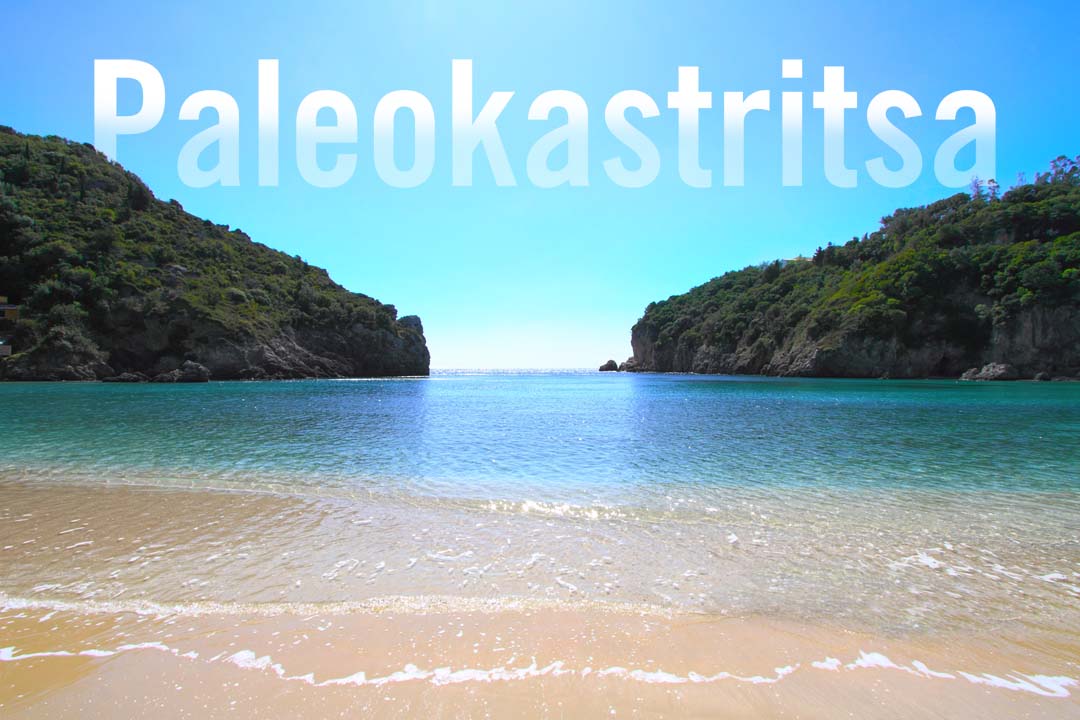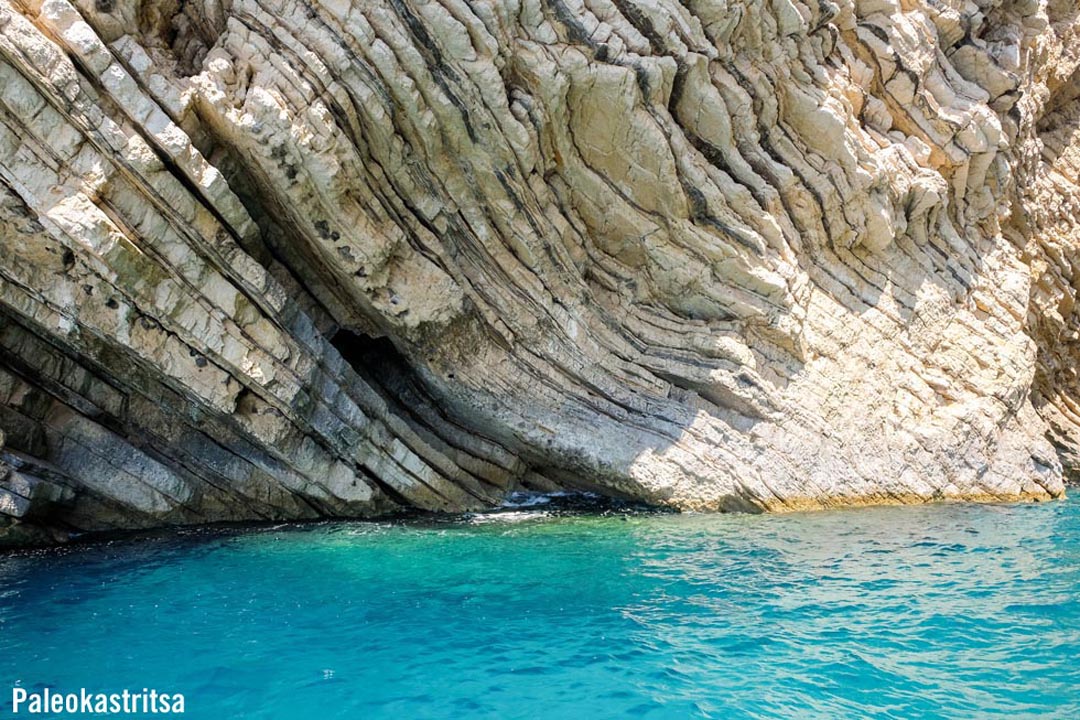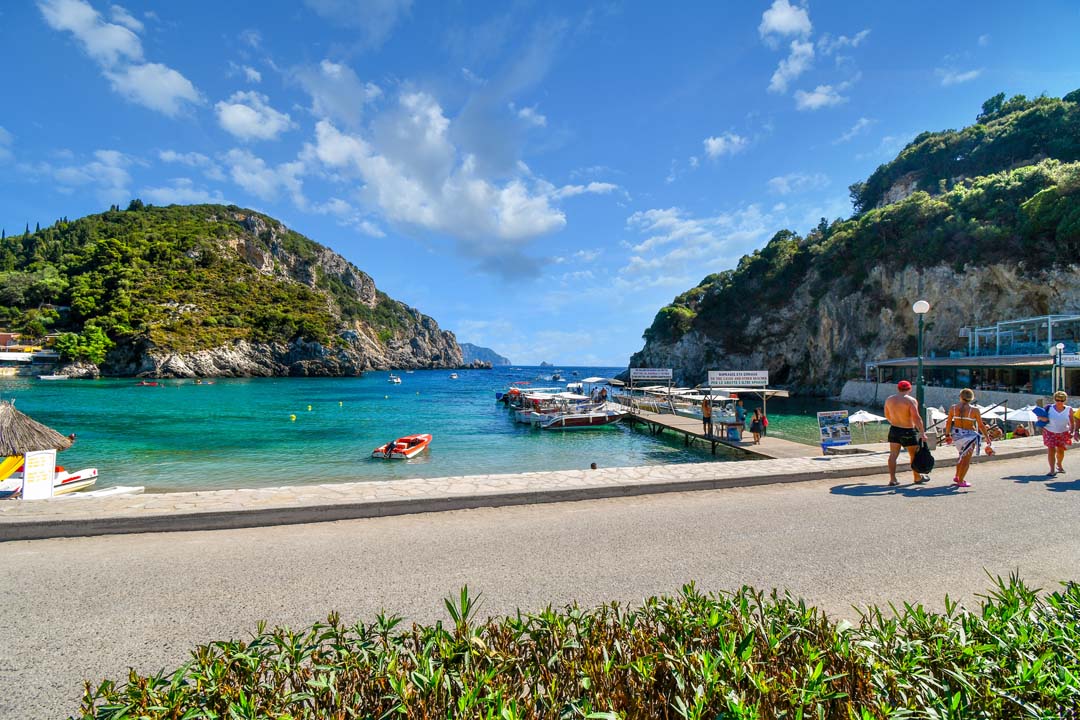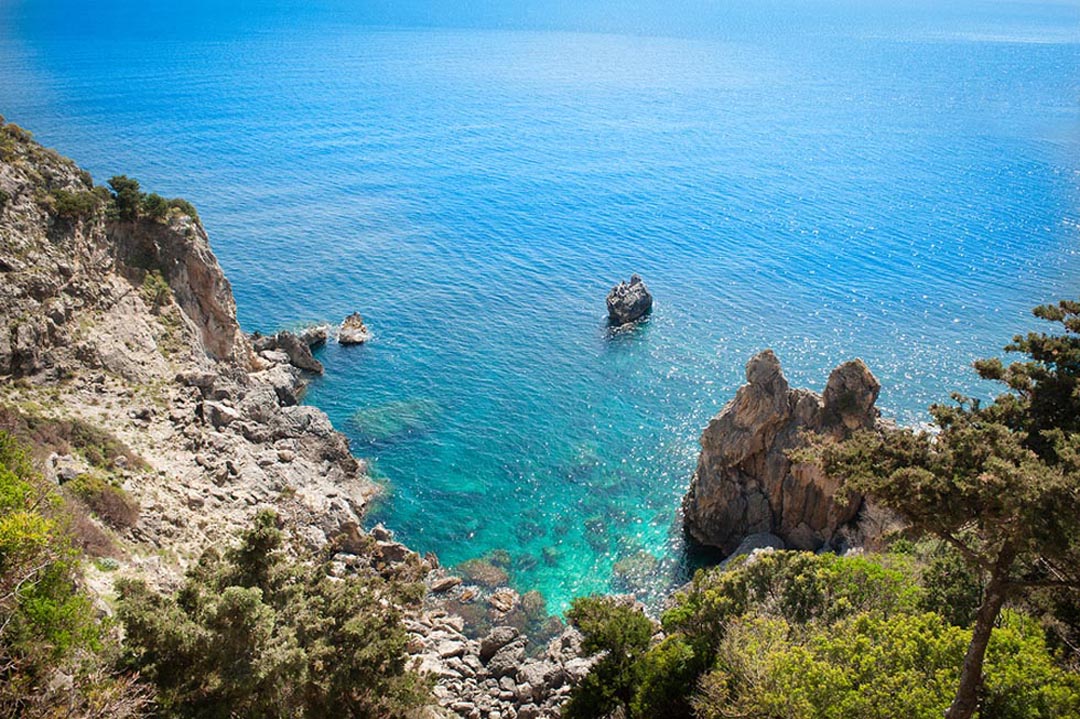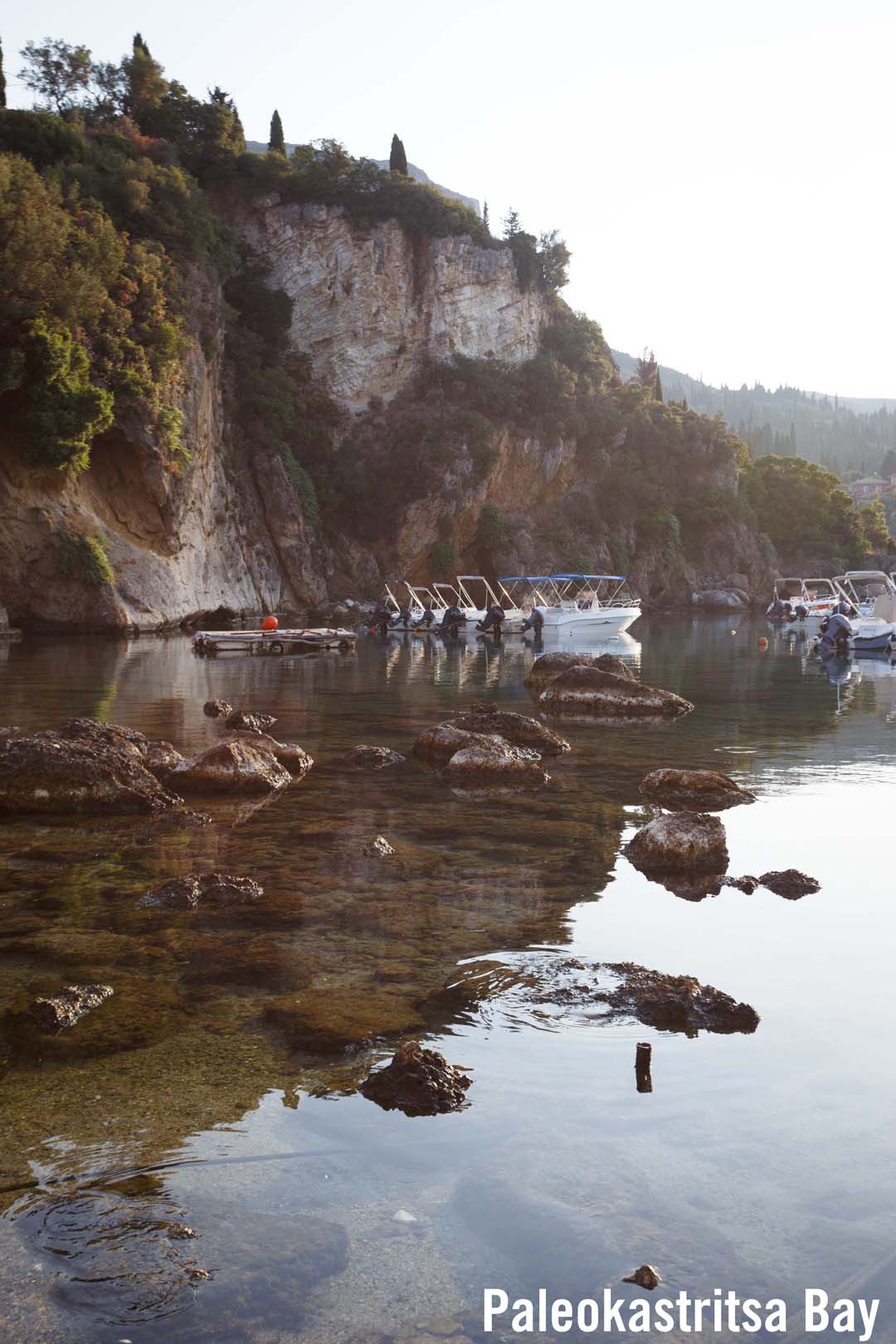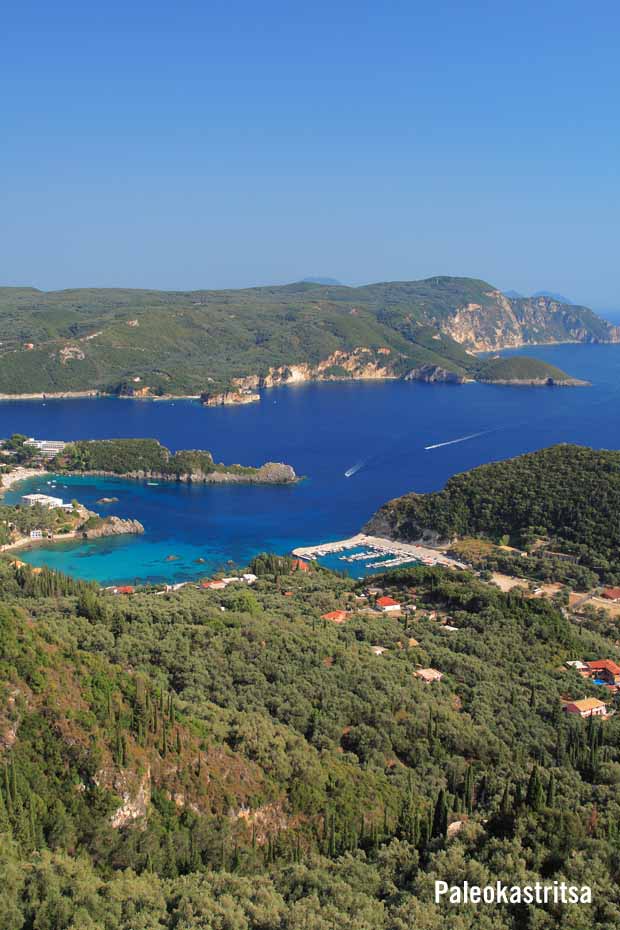Paleokastritsa, Corfu, Greece
The Monastery of Paleokastritsa looms up over one side of the twin bays of Paleokastritsa, nearby is the mouth of the Ermones River where Ulysses washed ashore in a state of memory loss during his adventure in Homer's famous story The Odyssey, to be taken in by Princess Nausicaa and her handmaidens.
Paleokastritsa, located on the northwest coast of Corfu is famous for its unique and striking geological formations. The area itself is a very popular tourist destination and the internet is heavily populated with photos and videos by tourists of this highly scenic spot.
Bays of Paleokastritsa from the air
The key geological features that makes Paleokastritsa unique
1. Limestone Cliffs and Rocky Outcrops:
Paleokastritsa is dominated by towering limestone cliffs that have been shaped by tectonic activity and erosion over millennia. These rugged cliffs plunge dramatically into the turquoise waters of the Ionian sea, making for a rugged coastline of stunning rock formations.
These karstic limestone formations, which are prone to erosion from rainwater and waves, create sea caves (or "Blue Caves"), natural arches, and dramatic overhangs along the coast.
2. Sea Caves and Grottos:
Some of the more famous sea caves include the Nausika Cave, named after a character in Homer’s Odyssey, and the Blue Eye Cave, known for its brilliant blue water, which results from sunlight filtering through the sea.
3. Sandy and Pebbled Bays:
Paleokastritsa features a series of small bays and beaches with a mix of sandy and pebbled shores, framed by the surrounding rocky cliffs. The bays, such as Agios Spyridon, Ampelaki, and Agia Triada. Headlands protect this space from strong winds, creating calm, clear waters that contrast with the rough, rocky landscape around them.
The sandy beaches are rare in this limestone-rich region, suggesting a mixture of sedimentary deposits from both erosion and marine activity.
4. Underwater Terrain and Marine Life:
The underwater landscape around Paleokastritsa is as dramatic as the surface, with underwater caves, reefs, and vertical drops that attract divers. The clear water and unique rock formations support diverse marine life, including vibrant fish species and corals.
The underwater terrain has made Paleokastritsa a top destination for diving enthusiasts, who explore its rich marine biodiversity and geological formations.
5. Inland Karst Landscape:
The surrounding area inland from Paleokastritsa also shows typical karst landscapes—terrain shaped by the dissolution of soluble rocks, like limestone. This has led to features like rocky hills, ridges, and underground drainage systems, adding to the ruggedness of the terrain.
Small groves of olive trees and Mediterranean vegetation grow amidst these rocky areas, providing an interesting contrast between lush greenery and barren, rocky outcrops.
6. The Mythological and Cultural Connection:
The dramatic landscape and cliffs of Paleokastritsaplay an important role in Greek mythology. Some legends associate the area with the landing place of Odysseus/Ulysses from the tale in Homer’s Odyssey.
More on Corfu
Related: Islands of Greece
ADVERTISEMENT
Guide Book for the Peloponnese: with Athens, Delphi and Kythira – Paperback – Amazon – Bradt Travel Guides, 288 Pages, November 18, 2025
The Acropolis in Athens Greece
The Acropolis - Parthenon and More



Greece's Golden Visa program
